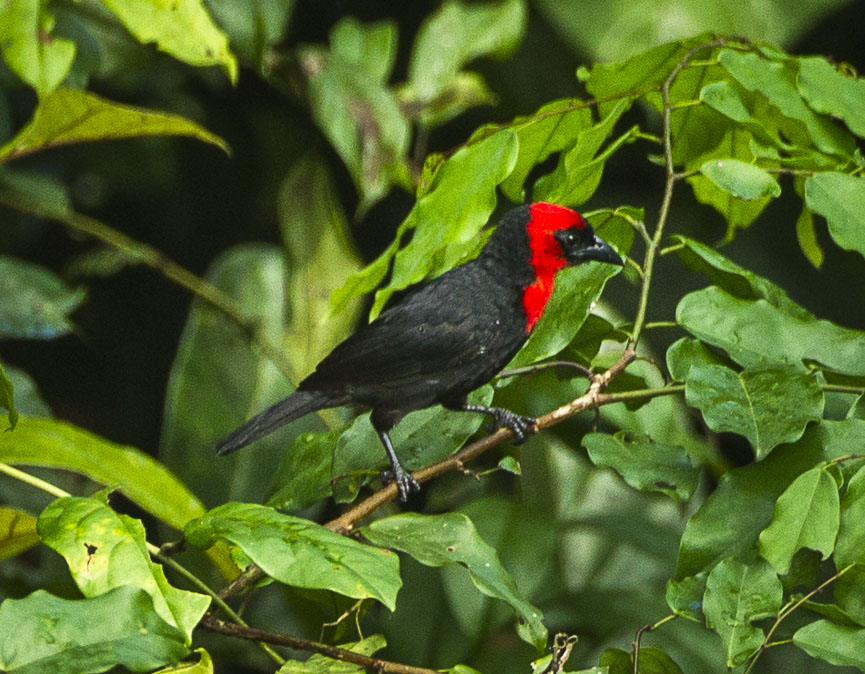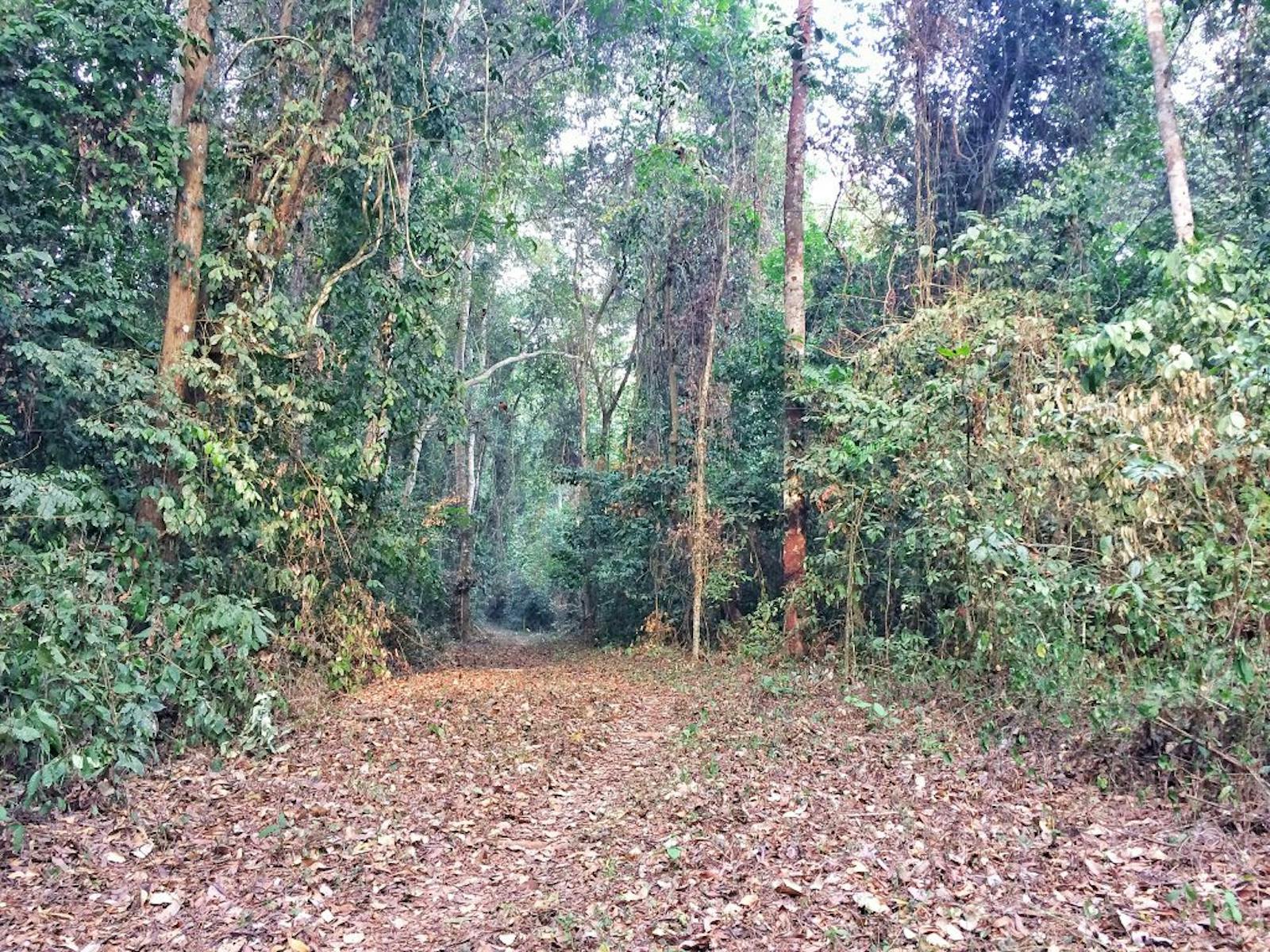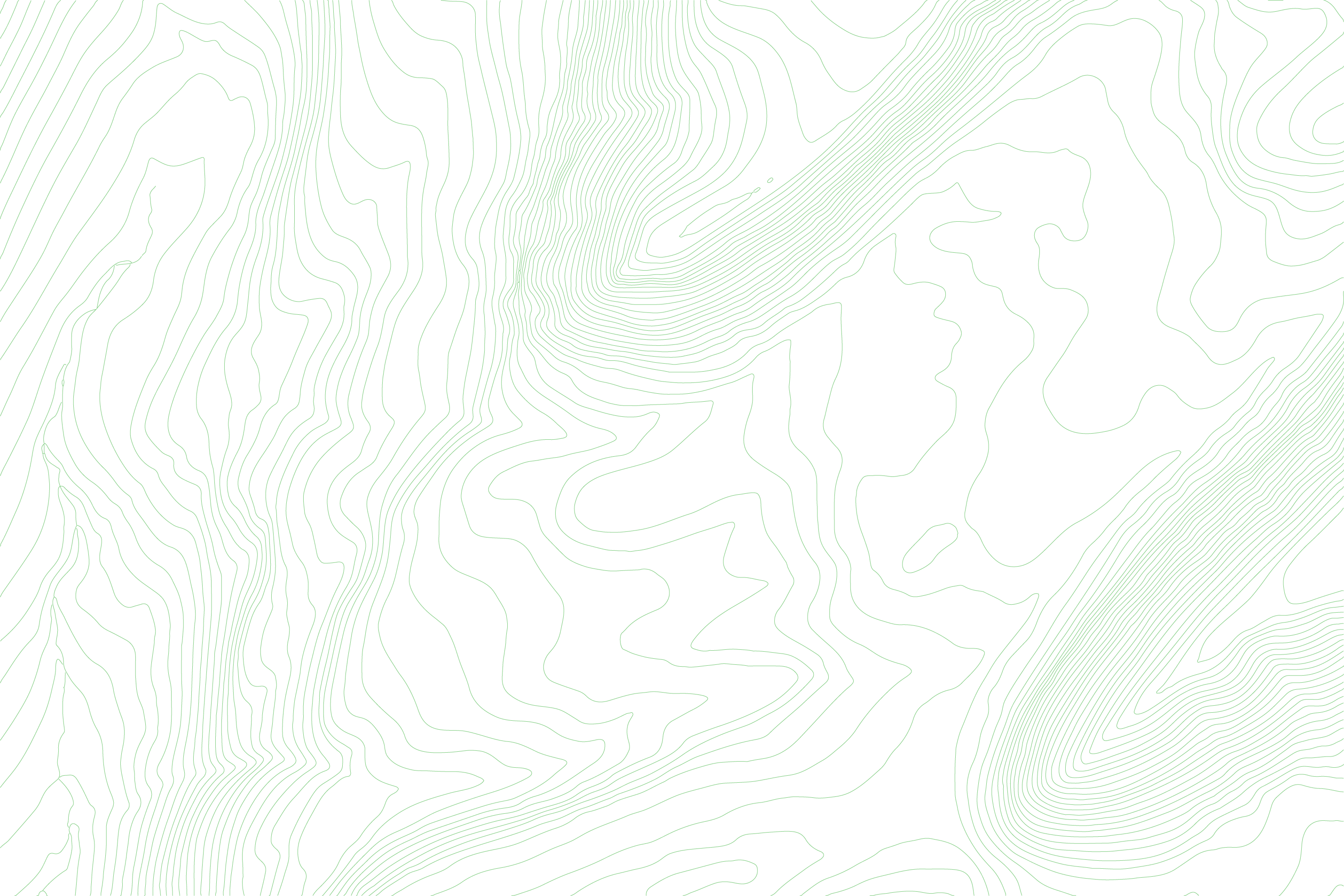Nigerian Lowland Forests
The ecoregion’s land area is provided in units of 1,000 hectares. The conservation target is the Global Safety Net (GSN1) area for the given ecoregion. The protection level indicates the percentage of the GSN goal that is currently protected on a scale of 0-10. N/A means data is not available at this time.
Bioregion: Gulf of Guinea Coastal Forests & Mangroves (AT17)
Realm: Afrotropics
Ecoregion Size (1000 ha):
6,748
Ecoregion ID:
23
Conservation Target:
18%
Protection Level:
10
States: Nigeria, Benin
A dense human population, threatened mammals including the African bush elephant and the western chimpanzee, as well as a few endemic species like the Ibadan malimbe all share space in this narrow region along the coast in southwestern Nigeria. The Nigerian Lowland Forests ecoregion has discrete biogeographical boundaries formed by the Niger River delta on the west and the drier habitats of Dahomey Gap to the east. The pressure from the continuously growing human population and their activities in this region threatens both the forest and the wildlife.
The ecoregion is confined to a narrow, gently undulating coastal plain of 150 m altitude, along the coast in the southwest of Nigeria. The underlying rocks are Precambrian basement, which are exposed in the north but covered by Tertiary-aged sediments further south.

The flagship species of the Nigerian Lowland Forests ecoregion is the Ibadan malimbe. Image credit: Creative Commons
The distribution of vegetation here is dependent mainly on the climate which explains the gradual change from rainforest in the south, where the typical mean annual rainfall varies from 2,000 to 2,500 mm, to mixed deciduous forest further north which receives 1,500 to 2,000 mm per year. Even further inland is the parkland zone which, unlike the previous two climax systems, is anthropogenic and maintained by annual bush fires.
The distribution of wet and dry months is uniform throughout the ecoregion, with a three month dry season from December to February. A number of sizeable rivers drain this ecoregion, including the Ogun, the Oshun and the Oni. The rainforest zone in the south of this ecoregion is dominated by members of the Leguminosea and Meliaceae families, including Brachystegia spp., Cylicodiscus gabunensis, Gossweilerodendron balsamiferum, and Entandrophragma spp.. In the drier northern portion of mixed-deciduous forests and parkland, dominant trees in the forests belong to the Sterculiaceae, Moraceae, and Ulmaceae families, such as Cola spp., Antiaris Africana, Ficus spp., and Holoptelea grandis.
Floristically the ecoregion contains few strictly endemic plant species. However, some of the plant assemblages that contain both Upper and Lower Guinea species are believed to be unique. Five strictly endemic animal species are present. The Ibadan malimbe, a rare bird scarlet red from its forehead to breast that contrast its black body, occurs in the northernmost forest fringes in the parkland zone, only in the Ibadan area.
The Benin genet was described from a single specimen from the Ohusu Game Reserve north of Benin, and has not been found since. However, a survey of the Niger Delta revealed the presence of the crested genet, which also ranges to Cameroon, and this species may encompass the Benin genet. Whether it is the same or a separate species, it would be classified as endangered. There may be a sub-specific difference between chimpanzee populations in western and eastern Nigeria. If substantiated, then the subspecies of chimpanzee found in this ecoregion would be critically endangered.
By the early 20th century the forest was fragmented into a series of disconnected blocks which reduces the ecoregions connectivity and most were declared as forest reserves by the colonial administration. Nearly all reserves were either farmed, converted into plantations of exotic tree species (rubber), heavily exploited for timber or contained ample evidence of hunting. More heavily managed protected areas have been created from these forest reserves and include the Omo Biosphere Reserve, Kwale and Gilli-Gilli Game Reserves and Okumu National Park.
In the 1980s Okomu was identified as one of the largest and least disturbed reserves in the area, with the largest surviving population of white-throated guenon. Ifon Game Reserve has also had little exploitation, partly because there are no villages or roads, and because it lies on the boundary with the Guinean Forest-Savanna Mosaic, therefore, it contains little valuable timber. However, Gilli-Gilli Game Reserve has been extensively logged and few large trees remain.
The ecoregion is densely populated; data suggests there is approximately 55 million inhabitants in this area, with an average of 100–500 people per km2. This has led to huge pressures from human activities and the most important of these in this area include farming (conversion into cocoa farms), logging and hunting for bushmeat. All forests in the ecoregion and many of the species they support are therefore highly threatened.
The priority conservation actions for the next decade will be to: 1) re-establish the carbon stocks via forest rehabilitation schemes which aligns with the results-based payments for the implementation of REDD+ Scheme under the UNFCCC; 2) evaluate the value and size of forest reserves to determine their conservation significance and establish protected areas from these reserves; and 3) enforce stricter protection on forests, particularly those inhabited by the potentially new subspecies of chimpanzees in South Eastern Nigeria.
Citations
1. Critical Ecosystem Partnership Fund. 2015. Ecosystem Profile: Guinean Forests of West Africa Biodiversity Hotspot.
2. Ikemeh, R.A. 2013. Sustainable forest management in a human dominated landscape and its implications for biodiversity conservation: a Nigerian lowland forest perspective. Research and Reports in Biodiversity Studies. 3, pp. 9-23.
3. Nigerian Conservation Foundation. 2018. Biodiversity Action Plan – Edo. [Online]. [Accessed 8 January 2018]. Available from: http://www.ncfnigeria.org/projects/biodiversity-action-plan-edo
4. Federal Republic of Nigeria. 2018. Forest Reference Emission Levels for the Federal Republic of Nigeria: A jurisdictional Approach focused on Cross River State. [Online]. [Accessed 14 March 2020]. Available from: https://redd.unfccc.int/files/nigeria_sub_national_frel_modified_edition._final_submitted.pdf




